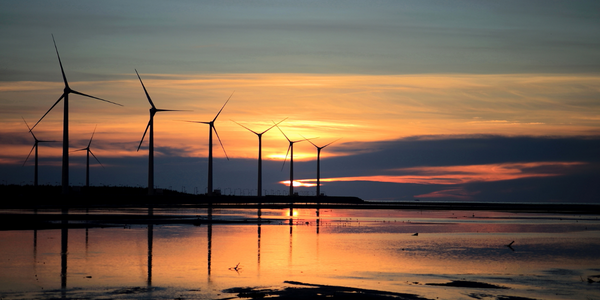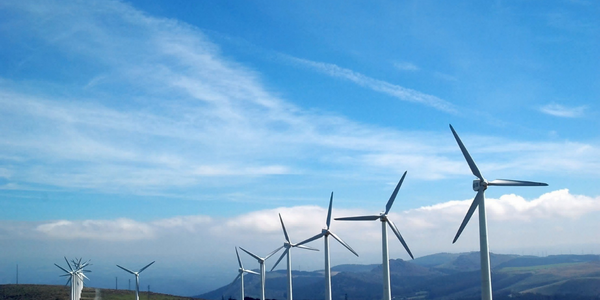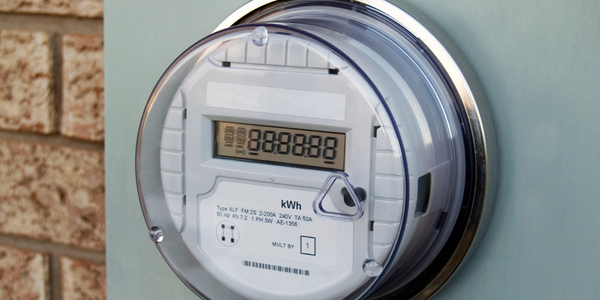技术
- 分析与建模 - 实时分析
- 传感器 - 温度传感器
适用行业
- 电网
- 可再生能源
适用功能
- 维护
- 产品研发
用例
- 施工管理
- 数字孪生
关于客户
Sterlite Power Transmission Limited 是印度能源传输基础设施项目的全球领先开发商。该公司获得了印度电力部颁发的 NER-II Transmission Limited 项目,作为印度对东北地区经济发展和旨在快速减少碳排放的可再生能源目标的承诺的一部分。该项目旨在为印度最偏远地区超过3000万居民提供服务,旨在提高供电可靠性,减少间歇性,并加速可再生能源在东北地区的渗透。 Sterlite Power 的使命是消除基础设施瓶颈并为可持续电力供应创造有利的环境。
挑战
Sterlite Power Transmission Limited 负责 NER-II Transmission Limited 项目,这是一项耗资 19.5 亿印度卢比的可再生能源计划,旨在为印度最偏远地区的超过 3000 万居民提供服务。该项目涉及开发全长448公里的输电线路,并在特里普拉邦建设一座400千瓦/132千瓦变电站。该变电站对于特里普拉邦供电至关重要,需要尽快完工。然而,该项目面临着一些挑战。项目所在地地理环境条件复杂,地处喜马拉雅山麓,森林茂密,经常遭受暴雨和洪涝灾害。紧迫的时间表和土著居民的抵制增加了复杂性。 Sterlite Power 用于变电站规划的传统 2D 设计方法的数据共享潜力很小,并且不支持设计团队检测电气组件和支撑结构之间潜在间隙问题的需求。他们的传统软件在管理相互依赖性以及链接设计、规划和施工工作方面能力有限。这些低效率给变电站的时间安排带来了巨大的风险,延长了检查、利益相关者的批准和移交的时间。
解决方案
为了克服这些挑战,Sterlite Power 采用了数字孪生技术,并使用 Bentley 的 OpenUtilities Substation 和 ProjectWise 建立了开放、互联的数据环境。这一转变使他们能够建立 3D 协作建模环境,以简化设计工作流程、促进准确的信息共享,并实现结构和设备之间的早期冲突检测。他们开发了一个数字组件库,为设计提供可追溯性和责任感,将这些组件模型作为符号导出,以开发整个变电站模型布局并确保设备之间的正确连接。这种方法促进了团队和利益相关者之间无缝、准确的信息共享,有助于克服设计挑战并获得地方当局铺设输电线路的许可。为了进一步完善设计并加强施工规划,Sterlite Power 采用了 SYNCHRO 的 4D BIM 技术,进行实时、虚拟的施工监控和模拟。该软件可实现稳健的规划、链接设计和调度流程,然后将所有项目活动映射到 3D 模型,以便更好地了解项目计划。数字模型有助于可视化设计变更的影响,促进准确的、数据驱动的决策,并避免现场施工错误。
运营影响
数量效益

Case Study missing?
Start adding your own!
Register with your work email and create a new case study profile for your business.
相关案例.

Case Study
Remote Monitoring & Predictive Maintenance App for a Solar Energy System
The maintenance & tracking of various modules was an overhead for the customer due to the huge labor costs involved. Being an advanced solar solutions provider, they wanted to ensure early detection of issues and provide the best-in-class customer experience. Hence they wanted to automate the whole process.

Case Study
Vestas: Turning Climate into Capital with Big Data
Making wind a reliable source of energy depends greatly on the placement of the wind turbines used to produce electricity. Turbulence is a significant factor as it strains turbine components, making them more likely to fail. Vestas wanted to pinpoint the optimal location for wind turbines to maximize power generation and reduce energy costs.

Case Study
Siemens Wind Power
Wind provides clean, renewable energy. The core concept is simple: wind turbines spin blades to generate power. However, today's systems are anything but simple. Modern wind turbines have blades that sweep a 120 meter circle, cost more than 1 million dollars and generate multiple megawatts of power. Each turbine may include up to 1,000 sensors and actuators – integrating strain gages, bearing monitors and power conditioning technology. The turbine can control blade speed and power generation by altering the blade pitch and power extraction. Controlling the turbine is a sophisticated job requiring many cooperating processors closing high-speed loops and implementing intelligent monitoring and optimization algorithms. But the real challenge is integrating these turbines so that they work together. A wind farm may include hundreds of turbines. They are often installed in difficult-to-access locations at sea. The farm must implement a fundamentally and truly distributed control system. Like all power systems, the goal of the farm is to match generation to load. A farm with hundreds of turbines must optimize that load by balancing the loading and generation across a wide geography. Wind, of course, is dynamic. Almost every picture of a wind farm shows a calm sea and a setting sun. But things get challenging when a storm goes through the wind farm. In a storm, the control system must decide how to take energy out of gusts to generate constant power. It must intelligently balance load across many turbines. And a critical consideration is the loading and potential damage to a half-billion-dollar installed asset. This is no environment for a slow or undependable control system. Reliability and performance are crucial.

Case Study
Remote Monitoring and Control for a Windmill Generator
As concerns over global warming continue to grow, green technologies are becoming increasingly popular. Wind turbine companies provide an excellent alternative to burning fossil fuels by harnessing kinetic energy from the wind and converting it into electricity. A typical wind farm may include over 80 wind turbines so efficient and reliable networks to manage and control these installations are imperative. Each wind turbine includes a generator and a variety of serial components such as a water cooler, high voltage transformer, ultrasonic wind sensors, yaw gear, blade bearing, pitch cylinder, and hub controller. All of these components are controlled by a PLC and communicate with the ground host. Due to the total integration of these devices into an Ethernet network, one of our customers in the wind turbine industry needed a serial-to-Ethernet solution that can operate reliably for years without interruption.

Case Study
Temperature monitoring for vaccine fridges
Dulas wanted a way to improve the reliability of the cold chain, facilitating maintenance and ensuring fewer vaccines are spoiled. Dulas wanted an M2M solution which would enable them to record and report the temperature inside vaccine refrigerators.

Case Study
Hydro One Leads the Way In Smart Meter Development
In 2010, Ontario’s energy board mandated that time-of-use (TOU) pricing for consumers be available for all consumers on a regulated price plan. To meet this requirement, Hydro One needed to quickly deploy a smart meter and intelligent communications network solution to meet the provincial government’s requirement at a low cost. The network needed to cover Hydro One’s expansive service territory, which has a land mass twice the size of Texas, and its customers live in a mix of urban, rural, and remote areas, some places only accessible by air, rail, boat or snowmobile. Most importantly, the network needed to enable future enterprise-wide business efficiencies, modernization of distribution infrastructure and enhanced customer service. To meet these needs, Hydro One conceptualized an end-to-end solution leveraging open standards and Internet Protocols (IP) at all communication levels. The utility drew upon industry leaders like Trilliant to realize this vision.







